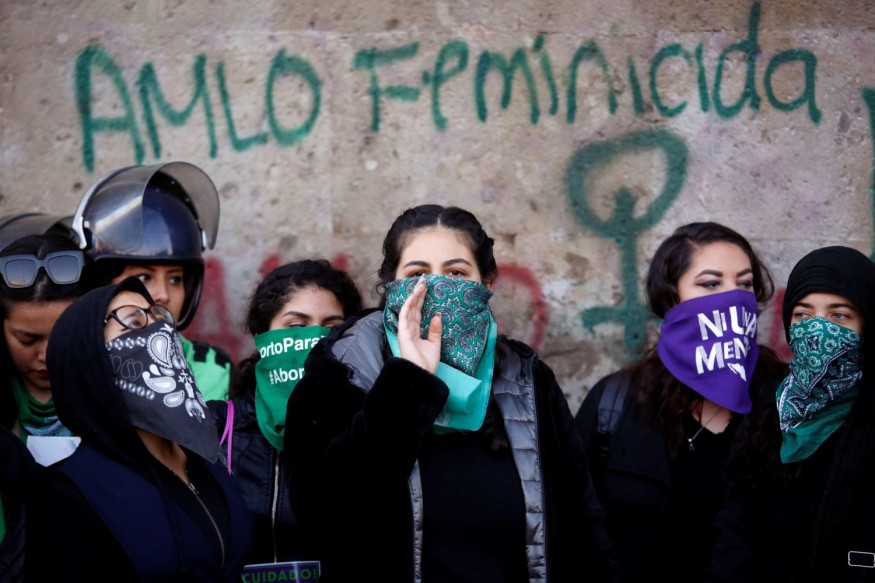Mexican President Focuses on Raffle, Not Femicide Protest

As the numbers of victims continue to rise amongst women in Mexico, the people, both men, and women take a silent but meaningful march to commemorate and give justice to the victims.
Instead of women attending to their normal schedule, they chose to skip work, class and other social activities. Women took this opportunity to show how empty and void the world will be without their presence.
More than 3,000 murdered women in which 726 cases perpetrated by a man were classified as 'femicide'. These numbers are from Frida Guerrera, a concerned woman who is courageously fighting against femicides.
For the last five years the 'gender-based' killings increased over 137%, gaining its peak during the reign of President Andres Manuel Lopez Obrador or AMLO. With women being the victim of this atrocity as young as seven years old, the people are questioning the administration's capacity to reduce and prevent the killings.
To draw AMLO's attention to this ruthless murder of women, a strike was held majorly joined by millions of women in Mexico. Known as "A Day Without Women'', it will forever be ingrained in Mexico's history as one of the bravest actions women took part in to save their lives and the future of the upcoming generation.
Purple becomes the color of this historic day as women who decided to show up wore purple clothing and ribbons. This signifies their other way of showing solidarity and unity to combat the 'femicide crisis' the country is struggling to end.
Followed by a protest of over 80,000 women walking shoulder-to-shoulder with other fellow women from different ages and backgrounds, they line up and march the streets. They are shouting the names of the victims and holding up the photos of the missing women they still hope to find alive.
Remembering the tragic death of the victims and knowing that their perpetrators are facing less harsh punishments are frightening. Much worse is the idea of the authority's failure to track these criminals who might still linger around waiting to seize their next victim.
Despite AMLO's claim of doing his best to respond in Mexico's 'femicide emergency', people are still not convinced believing that his actions have been a total failure. He states his defense saying that "the government I represent will always be working to guarantee, always, the security of women'.
In fact, in one of AMLO's press conferences, he becomes disappointed and angry with a journalist who is trying to sway the topic from the raffle of his presidential plane to femicide issues.
The failure of AMLO's response to this issue, have pushed Mexican women to take matters in their own hands. With about 10 women being killed each day because of gender is an alarming statistics. The people demanded specific and concrete actions to stop and investigate the killings.
The "Day Without Women" strike and the protests held in Mexico city are only two of the future actions that Mexican are willing to undertake.
With Mexico now included in the ten least safe countries of women, it's safe to say that the government needs to do more actions beyond their present measures.
Subscribe to Latin Post!
Sign up for our free newsletter for the Latest coverage!
© 2025 Latin Post. All rights reserved. Do not reproduce without permission.













